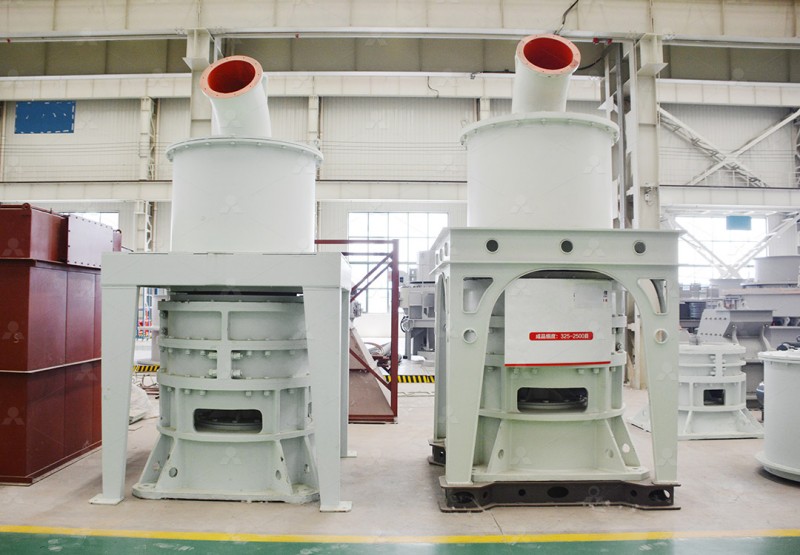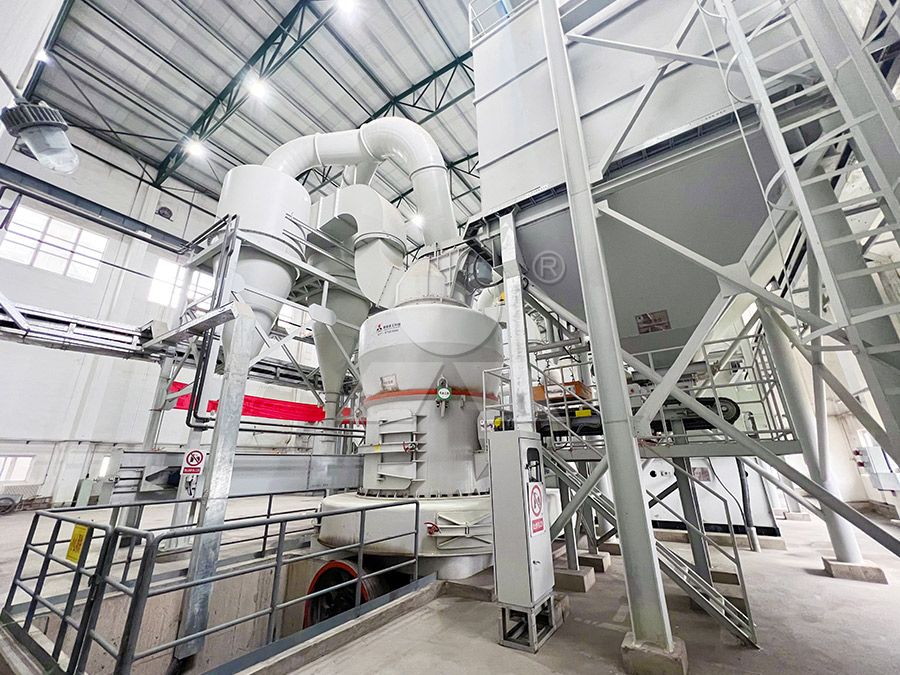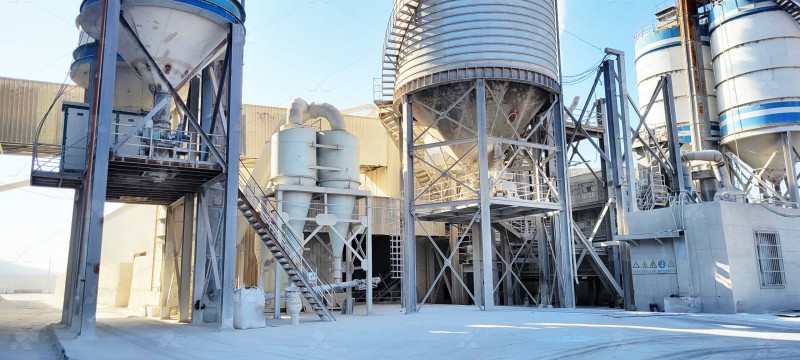Activated Carbon Grinding Mill Machine: Selection Guide & Cost Analysis
Activated Carbon Grinding Mill Machine: Selection Guide & Cost Analysis
Activated carbon processing demands precision equipment capable of producing ultra-fine powders with consistent particle size distribution while maintaining operational efficiency. Selecting the right grinding mill is crucial for achieving optimal product quality and managing production costs effectively.
Key Selection Criteria for Activated Carbon Grinding
When choosing a grinding mill for activated carbon production, several factors must be considered. The material’s abrasive nature requires robust construction, while the need for precise particle control demands advanced separation technology. Production capacity requirements, energy consumption, and environmental compliance further complicate the selection process.

For operations requiring ultra-fine powder production between 325-2500 meshes, the MW Ultrafine Grinding Mill presents an exceptional solution. This machine handles input sizes up to 20mm with capacities ranging from 0.5 to 25 tons per hour. Its innovative design eliminates rolling bearings and screws within the grinding chamber, significantly reducing maintenance concerns and potential contamination risks.
Technical Advantages in Modern Grinding Systems
Modern grinding mills incorporate sophisticated features that directly impact operational costs and product quality. The MW Ultrafine Grinding Mill demonstrates this evolution with its cage-type powder selector utilizing German technology, ensuring precise separation accuracy. The equipment’s higher yielding capacity at lower energy consumption makes it particularly suitable for activated carbon processing, where production efficiency directly correlates with profitability.
Another notable option for specialized applications is the LUM Ultrafine Vertical Grinding Mill, which processes smaller input materials (0-10mm) at capacities between 5-18 tph. Its reversible structure simplifies maintenance operations, while double position-limiting technology ensures operational stability during vibration events.

Cost Analysis Considerations
Comprehensive cost analysis extends beyond initial equipment investment to include operational expenses, maintenance requirements, and energy consumption. The MW Ultrafine Grinding Mill’s design reduces system energy consumption to approximately 30% of jet grinding mills while delivering 40% higher production capacity compared to conventional systems. This efficiency translates to significant long-term savings, particularly for continuous operations.
Environmental compliance costs represent another crucial factor. Modern grinding systems must incorporate effective dust collection and noise reduction features. The integrated pulse dust collector and muffler system in advanced mills eliminates dust pollution while maintaining noise levels within regulatory limits, avoiding potential fines and operational disruptions.
Operational Efficiency and Maintenance
The absence of rolling bearings in the grinding chamber of the MW Ultrafine Grinding Mill addresses a common failure point in traditional systems. External lubrication systems enable continuous 24-hour operation without shutdowns for maintenance, maximizing production uptime. This design philosophy, combined with digitalized processing for higher precision manufacturing, ensures consistent performance and extended equipment lifespan.

For operations prioritizing minimal downtime, the availability of genuine spare parts and comprehensive technical support becomes paramount. Manufacturers with integrated production and service capabilities provide assurance against extended production interruptions.
Frequently Asked Questions
What particle size range can I achieve with modern activated carbon grinding mills?
Advanced systems like the MW Ultrafine Grinding Mill can produce powders ranging from 325 to 2500 meshes, with screening rates achieving d97≤5μm in a single pass.
How does energy consumption compare between different mill types?
Modern ultrafine grinding mills typically consume 30-50% less energy than traditional jet mills or ball mills while delivering higher production capacity.
What environmental features should I expect from contemporary grinding equipment?
Look for integrated pulse dust collectors, muffler systems, and negative pressure operation to ensure compliance with environmental standards and maintain clean working conditions.
How important is maintenance accessibility in grinding mill selection?
Critical. Designs that allow external lubrication and easy access to grinding components significantly reduce downtime and maintenance costs over the equipment’s operational life.
What production capacity range is available for activated carbon grinding?
Capacities vary by model, with options like the MW Ultrafine Grinding Mill handling 0.5-25 tph, suitable for both specialized applications and larger production requirements.
